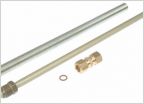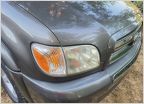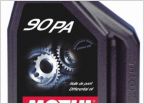-
Welcome to Tundras.com!
You are currently viewing as a guest! To get full-access, you need to register for a FREE account.
As a registered member, you’ll be able to:- Participate in all Tundra discussion topics
- Transfer over your build thread from a different forum to this one
- Communicate privately with other Tundra owners from around the world
- Post your own photos in our Members Gallery
- Access all special features of the site
false tps readings causing lean codes? '06 4.0 v6
Discussion in '1st Gen Tundras (2000-2006)' started by toyota_boy117, Jul 8, 2025.


 Found this website...
Found this website... Cut, replace fuel filter with rusted ends on lines on 2003 tundra
Cut, replace fuel filter with rusted ends on lines on 2003 tundra Which side of the 5VZ-FE 6 cyl engine are cylinders 2, 4 and 6?
Which side of the 5VZ-FE 6 cyl engine are cylinders 2, 4 and 6? Headlights, how do I fix this...?
Headlights, how do I fix this...? Gen 1 AC Fender Flare Question
Gen 1 AC Fender Flare Question Differential fluid type
Differential fluid type














































































